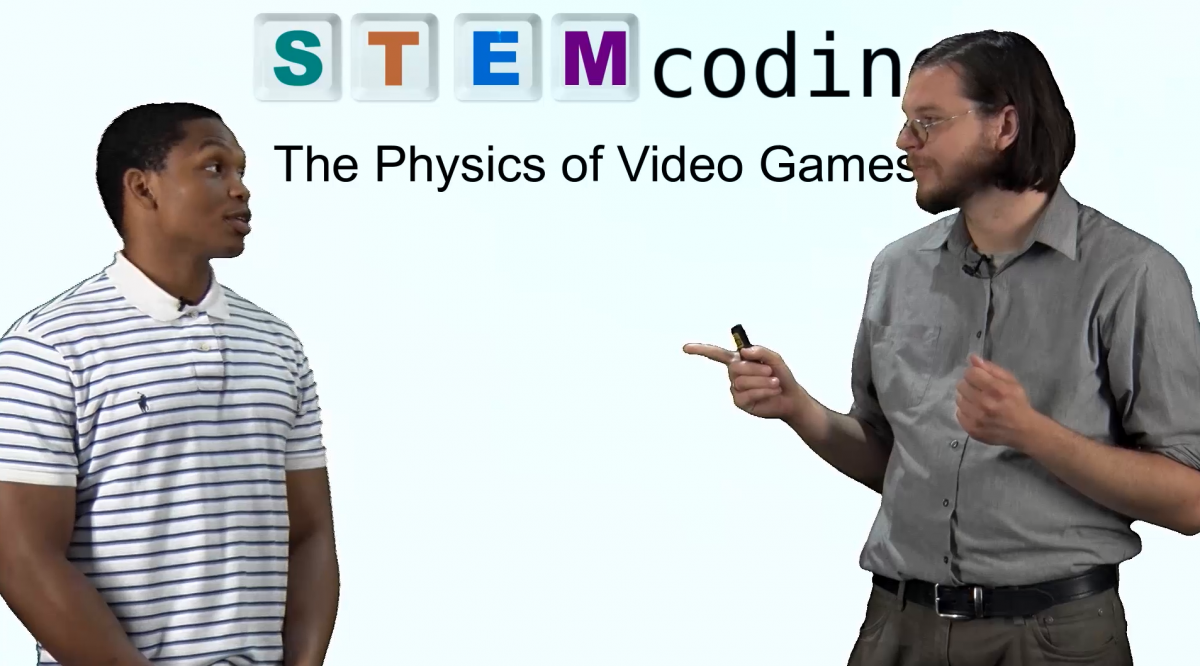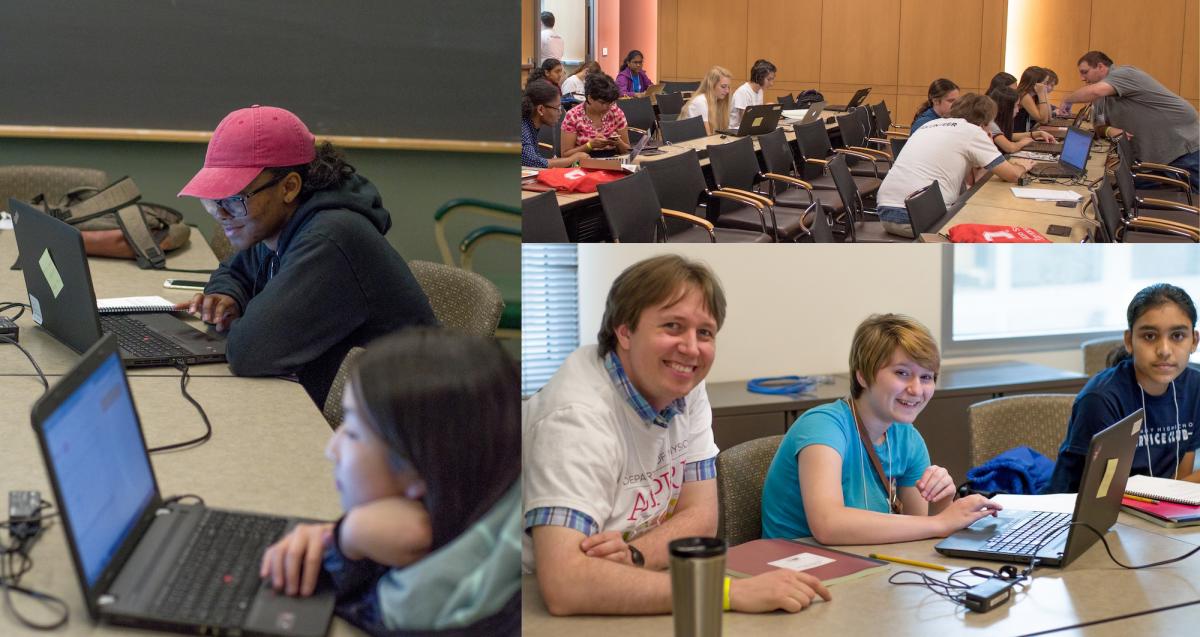Until recently, Hourofcode.com, a popular computer science website for K-12 students, didn’t have any coding activities with a physics focus.

That is, until Chris Orban, Ph.D., assistant professor of Physics at The Ohio State University’s Marion Campus, created an hour of code activity on "The Physics of Video Games" and launched the STEMcoding project. These coding tutorials are being integrated in physics classrooms around the world. The tutorials were also used in the Ohio Supercomputer Center’s Summer Institute program for high school students in 2015, 2016, and 2017.
The purpose of Orban’s STEMcoding project is to make coding more accessible to high school students. In his proposal, “Bringing the Hour of Code to the High School Physics Classroom,” Orban describes his goal to develop coding tutorial videos for high school students and free coding training sessions for their physics teachers.
“Prior to this, there was almost nothing for physics teachers to use to implement coding in a physics class without completely overwhelming their students,” Orban explained. “The Physics of Video Games” changes that.
Orban first began teaching coding to his freshman physics classes at Ohio State when he began as a professor in 2014.
“The students enjoyed the coding activities so much that I started thinking about letting high school teachers use them,” Orban said.

He then began talking with a professor in Ohio State’s Department of Engineering Education and was able to get in touch with some of the best physics teachers in the state. The activities, which are intended for beginner programmers in grades 9-12, were designed using feedback from high school physics teachers.
“Coding is a crucial job skill now, and high school physics classes offer an opportunity to teach it on a wide scale,” Orban said.
Orban’s tutorials have been hugely successful. The STEMcoding project recently received a $25k grant from the American Institute of Physics (AIP). The AIP Meggers Project Award is an award “designed to fund projects for the improvement of high school teaching in the United States.” This grant is in addition to $40k of funding the STEMcoding project received from OSU’s Connect & Collaborate program. Prof. Richelle Teeling-Smith at the University of Mt. Union in Alliance, Ohio is also a close collaborator on the project. The two aim to develop more coding content for physics, chemistry and math.
A link to Orban’s “Physics of Video Games” STEMcoding activity is available here, and a link to the STEMcoding channel is available here. Teachers and educators interested in learning more about the STEMcoding project should contact Prof. Orban directly at orban@physics.osu.edu. To learn more about the Ohio Supercomputer Center’s Summer Institute program, visit osc.edu/education/si.


